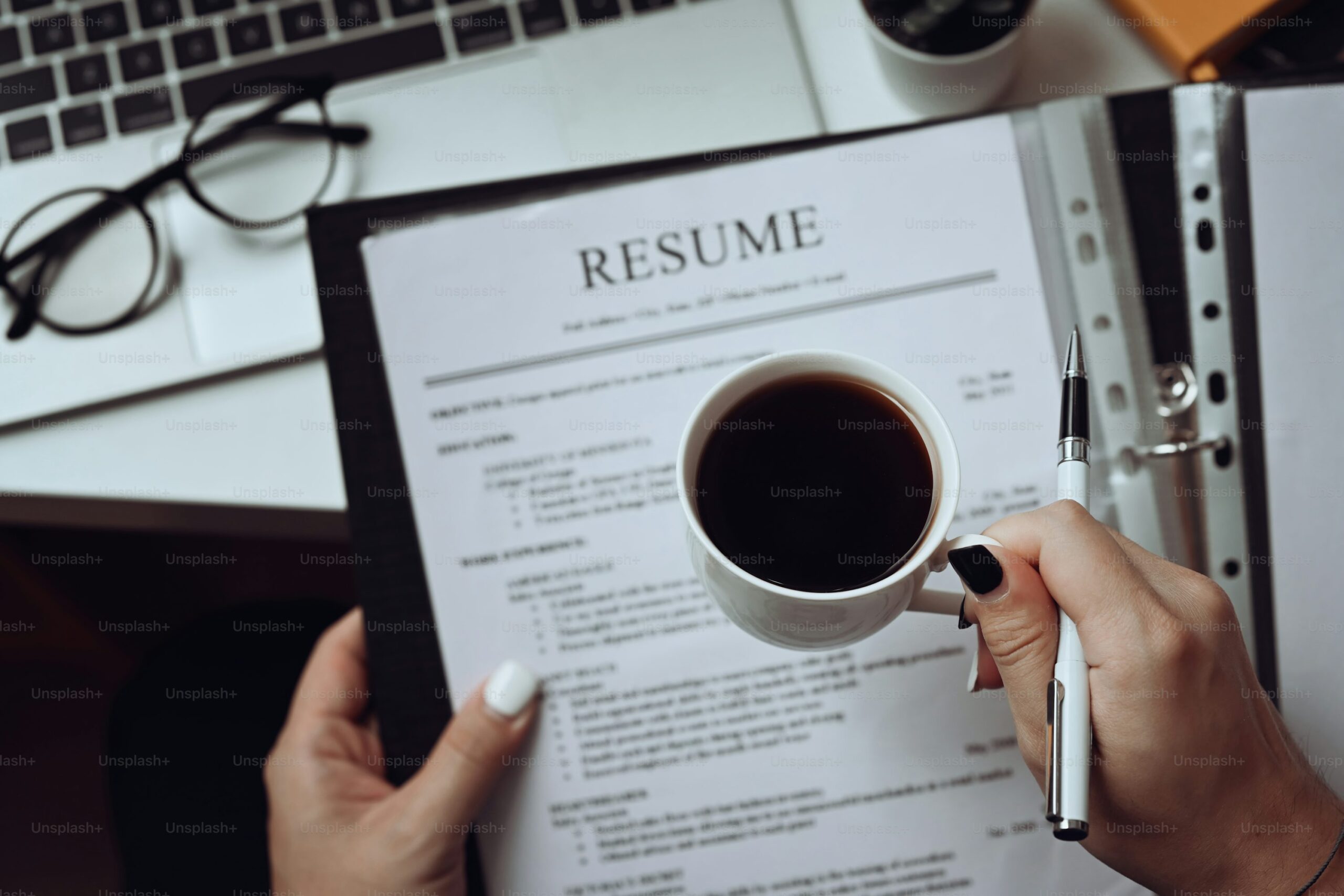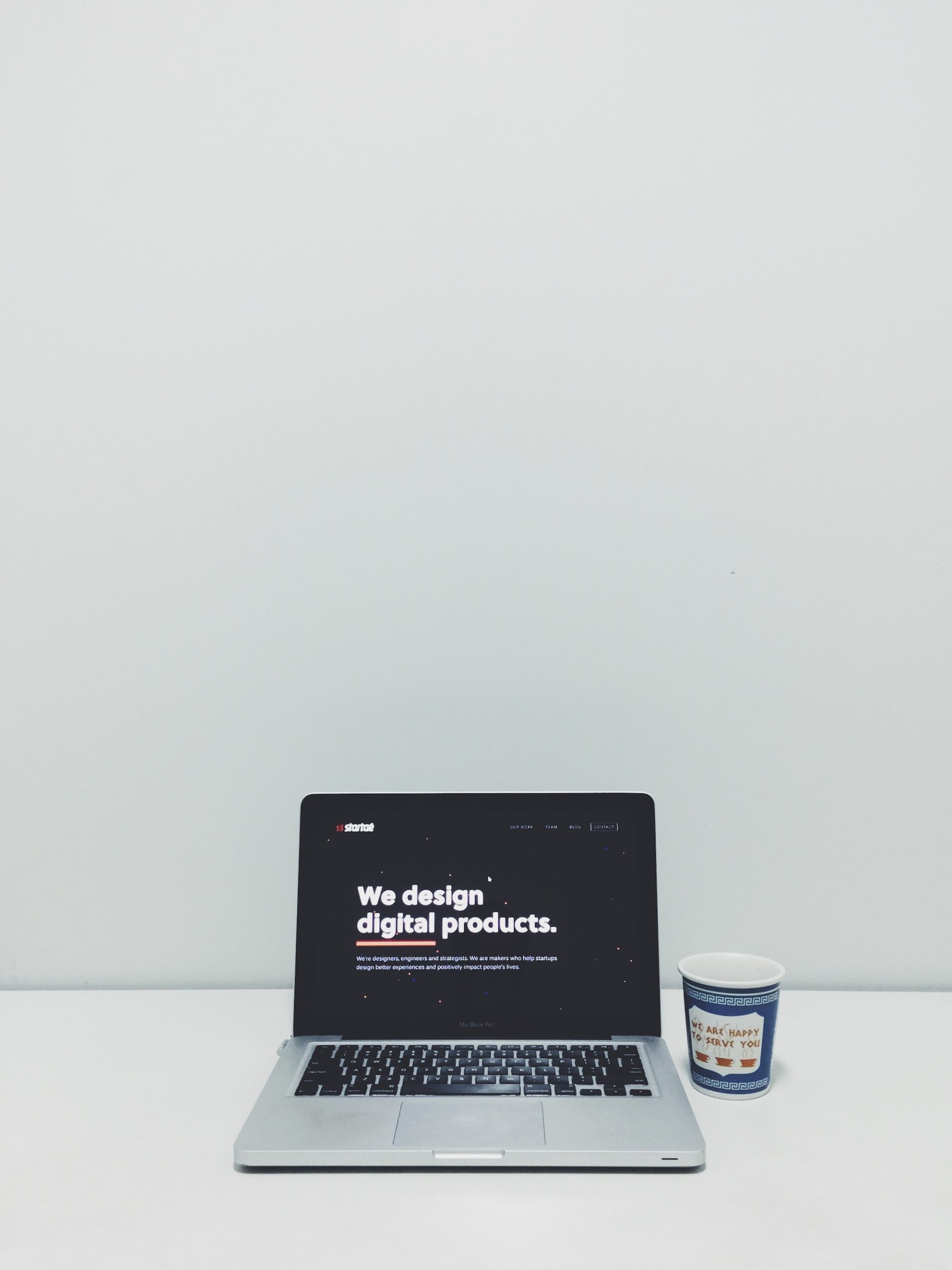Creating a resume on your laptop can feel like a big step, especially when you want to make a good impression right from the start. I’ve been through this process many times, and I know how important it is to have a document that truly represents your skills and experiences. A resume is more than just a list of jobs or qualifications—it’s your personal story told in a way that potential employers can easily understand.
In this guide, I’ll walk you through simple steps to create a professional resume on your laptop, share some handy tips, answer common questions, and point you to additional resources. This friendly guide is here to help you feel confident and prepared to create a resume that stands out.
Why Creating a Resume on Your Laptop Matters
A resume is often the very first impression you make on someone who might hire you. Studies show that recruiters spend an average of about 6 seconds reviewing each resume before deciding if they want to learn more.
This means every word and design element matters. When you create your resume on your laptop, you have the flexibility to edit and refine your document until it feels just right.
I’ve found that using digital tools not only makes the process smoother but also gives you access to a range of templates and design options that can highlight your unique strengths.
A well-crafted resume can open doors to interviews, networking opportunities, and even career growth. By taking the time to create a thoughtful resume, you’re investing in your future. I believe that everyone deserves a chance to showcase their abilities in the best light possible, and a resume is the perfect tool for that.
Just Before You Go
Empower individuals to overcome barriers, gain essential skills, and secure gainful employment through our proven programs—KeelMaster, KeelWings, and KeelMate. Your support can spark change and build brighter futures.
Donate NowGetting Started: The Basics
1. Choose Your Software
The first step is selecting the right program to work with. Many people prefer using word processors like Microsoft Word or Google Docs because they offer plenty of built-in templates and editing tools. For instance, Google Docs is free and automatically saves your work, which is great if you’re working on multiple devices. Alternatively, if you have Microsoft Office installed on your laptop, Microsoft Word is a tried-and-true option with plenty of formatting features.
If you’re interested in a bit more creative freedom, there are online resume builders such as Canva and Resume.com that offer modern templates and design tools that are easy to use. These tools can help you add a personal touch to your resume without needing advanced design skills.
2. Pick a Template or Start From Scratch
Templates can be a great way to start, especially if you’re not sure how to structure your resume. I usually start with a clean, simple template that highlights my contact information, work experience, skills, and education. A good template helps you avoid common mistakes like overcrowding or using inconsistent fonts.
If you feel confident in your design skills or have a clear vision for your resume, you might choose to start from scratch. This approach gives you complete control over the layout and design, but remember to keep it simple and clear. Employers appreciate a resume that is easy to read.
Step-by-Step Guide to Building Your Resume
1. Gather Your Information
Before you begin, take some time to write down all the relevant details you’ll need:
- Contact Information: Include your full name, phone number, email address, and possibly a link to your LinkedIn profile or personal website.
- Professional Summary: A short paragraph that outlines your career goals and what you bring to the table.
- Work Experience: List your previous jobs, including the company name, job title, dates of employment, and a few bullet points describing your key responsibilities and achievements.
- Education: Your degrees, certifications, and any relevant training.
- Skills: Both technical skills and soft skills that apply to the job you’re seeking.
- Additional Sections: You might also add sections for volunteer work, awards, or interests if they are relevant to the position.
2. Choose a Layout That Works for You
A clean and simple layout is best for most industries. I like to use headings and bullet points to break up the text and make the resume easy to scan. Remember, recruiters might only spend a few seconds on your resume, so clarity is key.
- Header: At the top, include your name and contact information.
- Summary or Objective: Follow this with a short summary that gives an overview of your skills and experiences.
- Experience: List your work history in reverse chronological order.
- Education: Provide details about your academic background.
- Skills: Highlight your relevant abilities.
- Additional Information: Include any extra details that could set you apart from other candidates.
3. Write Clear and Concise Content
When filling in your resume, I always focus on being clear and straightforward. Use short sentences and action verbs like “developed,” “managed,” or “designed.” Avoid long paragraphs and unnecessary details that might clutter the page.
For example, instead of writing, “I was responsible for managing a team that handled customer queries,” consider something like, “Managed a team of 5 to handle daily customer inquiries, improving response time by 20%.” This style not only keeps your resume concise but also clearly shows the impact you had in your previous roles.
4. Use Consistent Formatting
Consistency in fonts, bullet styles, and spacing is crucial. I always double-check my resume to ensure that headings are bolded in the same way, bullet points are uniform, and the overall design looks neat. Using a consistent style helps recruiters quickly find the information they need.
5. Save and Export Correctly
Once your resume looks good on your laptop, it’s important to save it in a format that most employers will be able to open without any issues. PDF is usually the best choice because it preserves your layout and design. Most word processors allow you to “Save As” or “Export” to PDF, so take advantage of that feature.
Tips and Tricks for a Great Resume
- Tailor Your Resume: Customize your resume for each job application. Highlight the skills and experiences that match the job description.
- Keep It Updated: Regularly update your resume with new skills, projects, and experiences.
- Use Keywords: Many companies use software to screen resumes. Look at the job description and include relevant keywords that match your skills.
- Proofread: A single typo can hurt your chances. I recommend reading your resume out loud or asking a friend to review it for errors.
- Focus on Results: Wherever possible, include numbers or specific achievements to show the impact of your work.
Common Mistakes to Avoid
- Overcrowding Information: Don’t cram too much information on one page. Aim for a balanced layout that leaves some white space.
- Using an Unprofessional Email Address: Use an email address that includes your name, rather than a nickname or casual handle.
- Neglecting to Customize: A generic resume won’t catch an employer’s eye. Adjust your resume for each job application to ensure it highlights the most relevant information.
- Poor Readability: Avoid using overly decorative fonts or color schemes that can distract from the content. Stick to clean, professional fonts like Arial, Calibri, or Times New Roman.
FAQs
How long should my resume be?
For most professionals, one page is enough, especially if you have less than 10 years of experience. If you have a lot of relevant experience, two pages might be acceptable, but keep it concise.
Should I include a photo on my resume?
In most cases, it’s best to leave your photo out unless you’re applying for a job where your appearance is a key part of the role (such as acting or modeling). In many regions, including a photo can lead to unconscious bias during the hiring process.
What fonts work best for resumes?
Clean and simple fonts like Arial, Calibri, or Times New Roman work well. Avoid overly stylized fonts that might be hard to read.
How do I choose the right resume template?
Pick a template that suits your industry and experience level. If you’re applying for a creative role, you might choose a more modern template. For more traditional fields, a simple and clean design is usually best.
Can I create my resume on my phone?
While it’s possible to create a resume on a smartphone using apps like Google Docs or Canva, working on a laptop generally offers a larger screen and more control over formatting.
Additional Resources
- Canva Resume Builder: Offers a variety of modern templates that you can customize.
- Google Docs Templates: Free, easy-to-use templates that can be accessed anywhere with an internet connection.
- LinkedIn Learning: Provides courses on resume writing and job searching that can help improve your approach.
- TopResume Blog: Contains plenty of tips and examples for building resumes that work.
If you’re ever in doubt about what employers are looking for, consider looking up some sample resumes online or reaching out to a career coach for personalized advice.
Conclusion
Creating a resume on your laptop doesn’t have to be intimidating. With the right tools and a clear plan, you can design a document that truly represents your skills and helps you stand out in a crowded job market.
I hope these tips and resources give you the confidence to put together a resume that opens doors to new opportunities. Take your time, review your work carefully, and don’t be afraid to update your resume as you grow in your career.
So, how do you plan to create your resume on your laptop?
Just Before You Go
Empower individuals to overcome barriers, gain essential skills, and secure gainful employment through our proven programs—KeelMaster, KeelWings, and KeelMate. Your support can spark change and build brighter futures.
Donate Now



